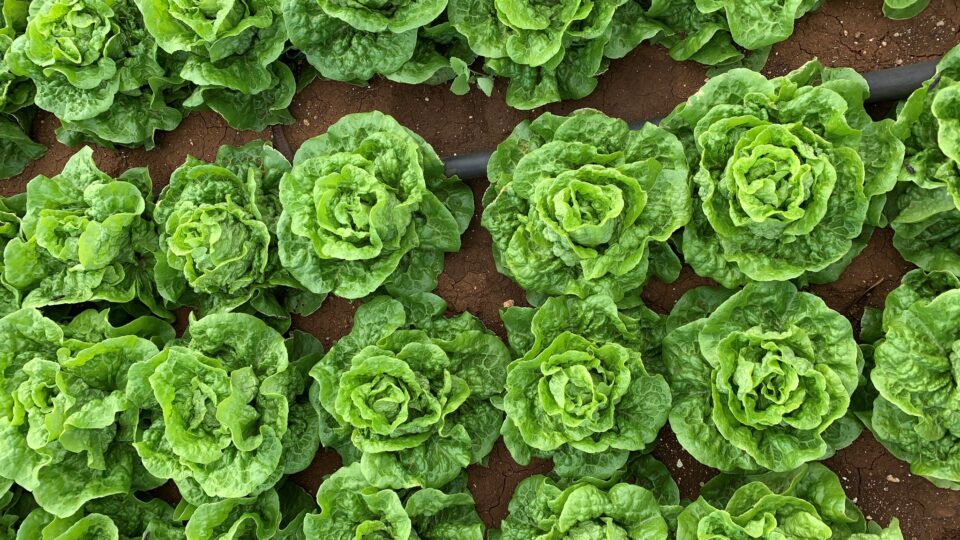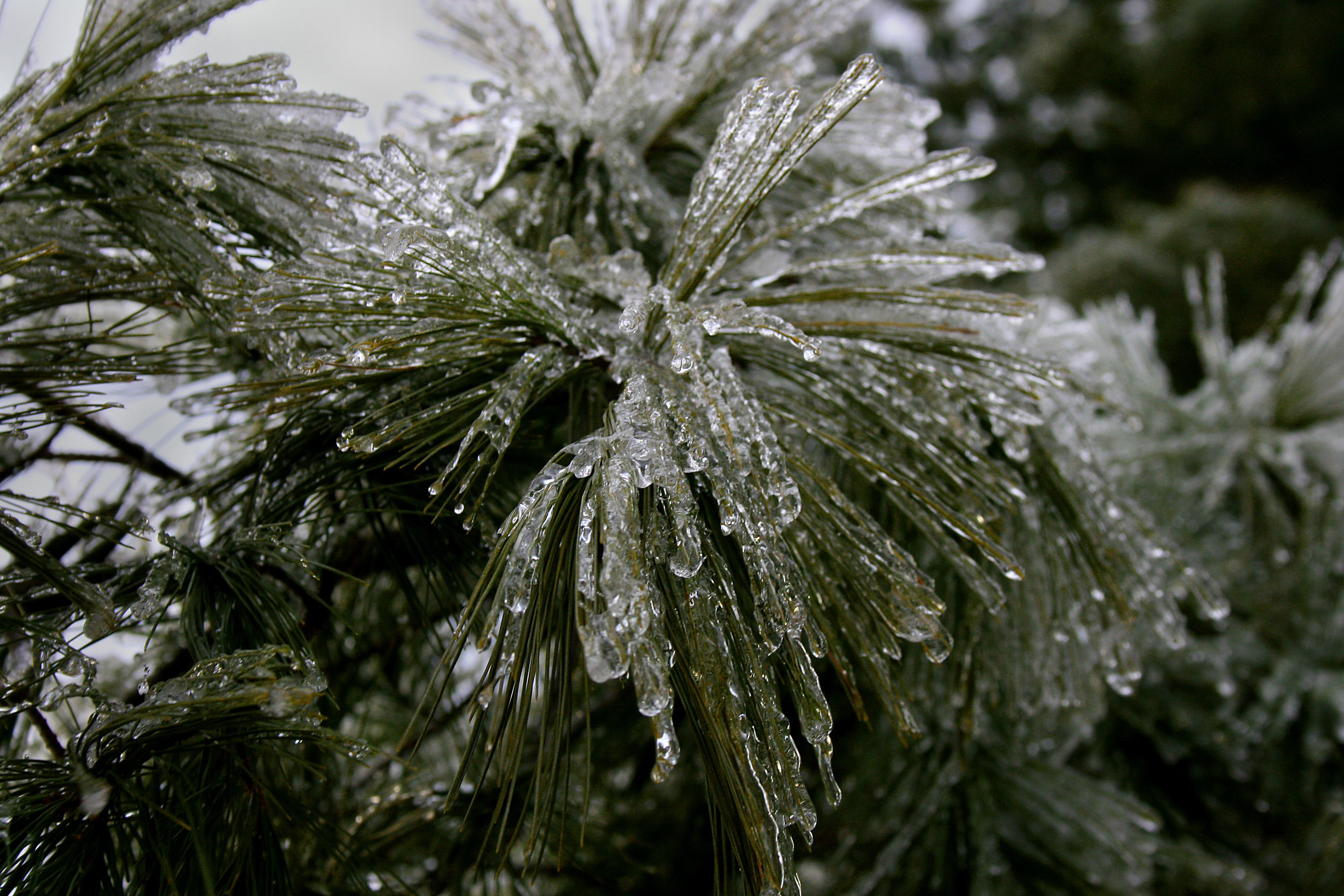The majority of food we eat is grown in topsoil, that carbon-rich, black soil that nurtures everything from carrots to watermelons. The fertility of this soil has developed over eons.
But over the past 160 years, the Midwestern United States has lost 63.4 billion tons of topsoil due to farming practices. In fact, Midwestern topsoil is eroding between 10 and 1,000 times faster than it did in the pre-agricultural era. The rate of erosion is 25 times greater than the rate at which topsoil forms.
According to new research from the University of Massachusetts-Amherst, this rapid and unsustainable rate of topsoil erosion can be drastically reduced by utilizing an agricultural method already in practice: No-till farming. This method, which is currently practiced on 40% of cropland acres in the Midwest, can extend our current level of soil fertility for the next several centuries.
In the study, which was recently published in the journal Earth’s Future, the research team looked at the current business-as-usual method, under which approximately 40% of the midwestern U.S.’s acres are no-till farmed, all the way up to 100% adoption of no-till methods.
If the U.S.’s current agricultural practices remain largely unchanged, approximately 9.6 billion tons of topsoil will be lost over the next century alone. However, approximately 95% of the erosion in the business-as-usual scenario could be prevented by adopting 100% no-till farming practices.
Saving our soil by improving our farming methods has implications for everything from food security to climate change mitigation.
**********
Web Links
Saving Our Soil: How to Extend U.S. Breadbasket Fertility for Centuries
Photo, posted January 19, 2022, courtesy of Terri Dux via Flickr.
Earth Wise is a production of WAMC Northeast Public Radio


